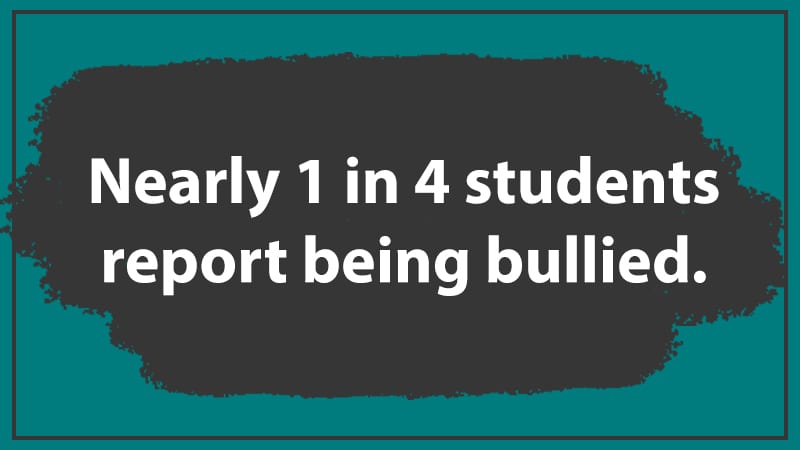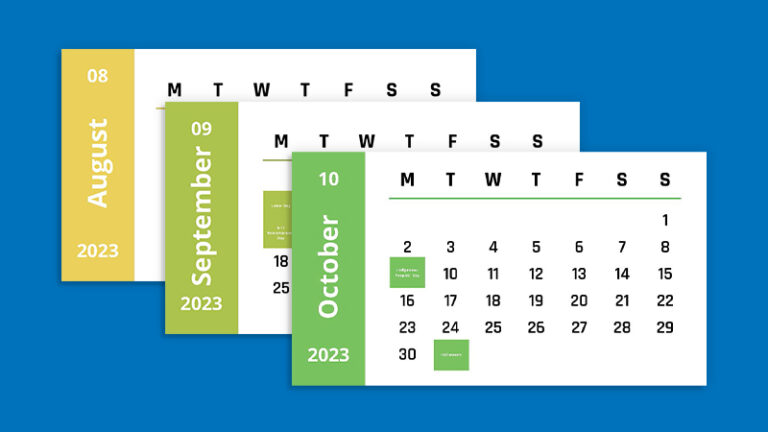According to the National Center for Educational Statistics, approximately one in four students report being bullied. Even more shocking, 5.4 million students stay home on any given day because they’re worried about being bullied. Whether your students are learning at home or in school, here are 10 simple yet powerful ways to get teachers and counselors involved in helping to prevent bullying.
1. Read books.
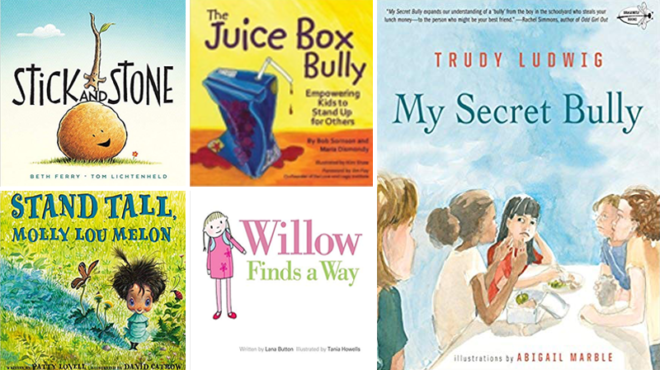
One of the best ways to teach kids about bullying—what it looks like and how it feels—is through books. Here are 23 books about bullying to share with students. Find captivating picture books for elementary students and moving chapter books for middle school and high school students.
2. Encourage journal writing.
Writing about a problem like bullying helps kids not only process their feelings, it also gives them a safe space to tell their stories. This collection of bullying-awareness writing prompts has thought-provoking questions that lead to deeper understanding, such as: “Why do you think some people bully others?” “Have you ever felt bullied by someone? What made you feel this way?” and “Why do you think people have trouble accepting others who are different from them?”
3. Hold a contest.

Challenge students to create their own original anti-bullying posters. If students are learning from home, post them on a virtual bulletin board using an app like Padlet, or create a slideshow for all to see. If they’re learning in person, line your school walls with these positive messages to encourage bullying prevention.
4. Teach students to be upstanders.
It takes compassion and courage to stand up to a bully, but if students see bullying and do nothing, they may actually be part of the problem. Students need to learn the ways they can instead take action. There’s a great resource from Stomp Out Bullying that explains how to teach students to be an upstander.
5. Create a no-bullying pledge.
Create a custom no-bullying pledge for your school. Ask for student input and vote on a pledge that fits your community best. Practice your pledge at assemblies and in classrooms. If your school is learning remotely, teachers can include the motto in their daily lessons. Here’s an example of a pledge to help get you started.
6. Make and wear blue bracelets.
Create a wearable symbol of your school’s commitment to anti-bullying. Sponsor a school-wide project to make and wear blue bracelets to show your support. If kids are learning online, post a tutorial video, like the one above. When students wear their bracelets, they’re saying, “We’re all in this together, and we’re a team. We will not tolerate bullying.”
7. Watch videos, or make your own.
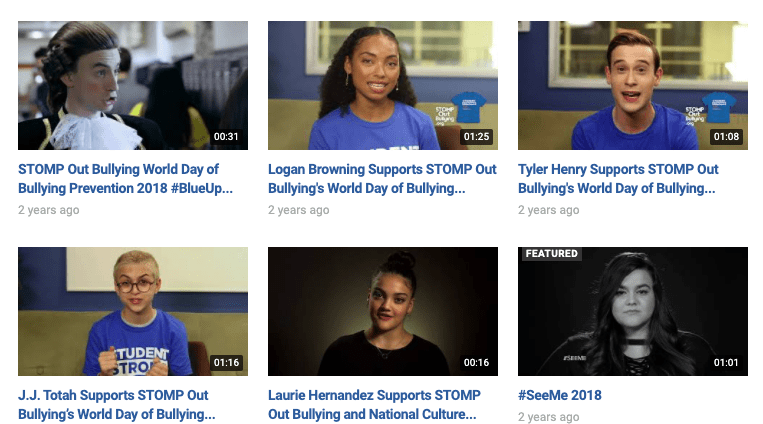
Source: Stomp Out Bullying/Videos
Stomp Out Bullying has curated an amazing collection of videos to help prevent bullying. They feature stars like singer Demi Lovato, Olympian Laurie Hernandez, actor Anna Camp, and more. Share their encouraging messages to get inspired. Then, challenge students to create their own video, or team up and make it a class or school project. When you’re finished, submit your video to Stomp Out Bullying and become part of their gallery.
8. Encourage reports of cyberbullying.
Because of the move to virtual learning, kids are using technology more than ever before. And unfortunately, increased access has led to more reports of cyberbullying. Now is the perfect time to double-down on educating kids about cyberbullying. Teach them to not only recognize it but how to shut it down. Visit this cyber bullying website for tips that will help delete the digital drama.
9. Embrace diversity.
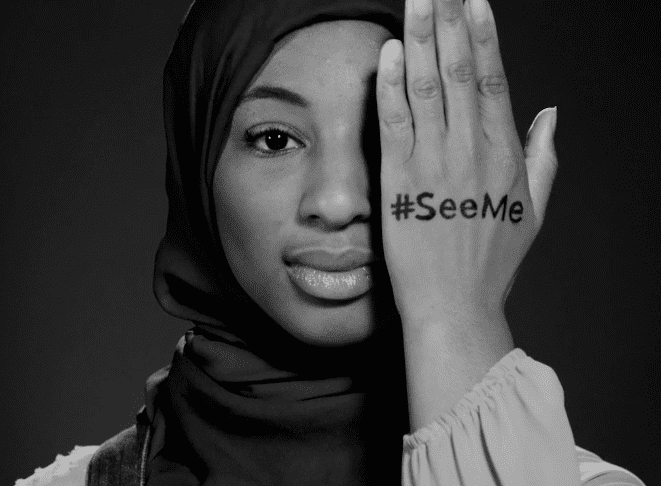
Source: Stomp Out Bullying
We all sometimes make snap judgments about people we don’t really know based on how they look on the outside. But the funny thing is, once you get to know that person, you find your judgments were off-base. The goal of the #SeeMe campaign is to empower kids to define themselves and see others from the inside out.
Watch videos and learn more about #SeeMe campaign. Invite students to use their phones to film their own snippets. Give them this sentence starter: “See me. I’m _____ and I want you to see that I’m _____.”
